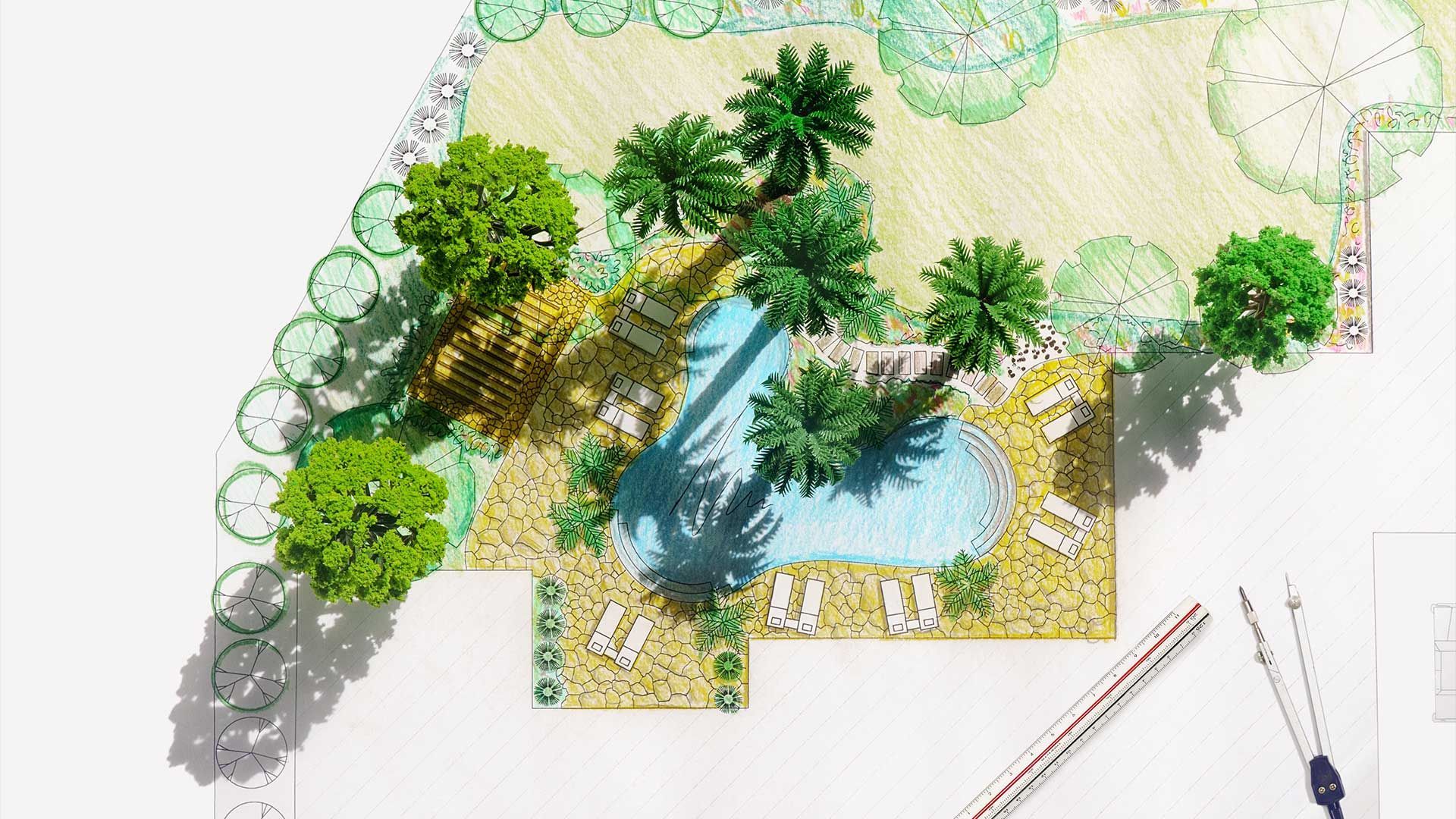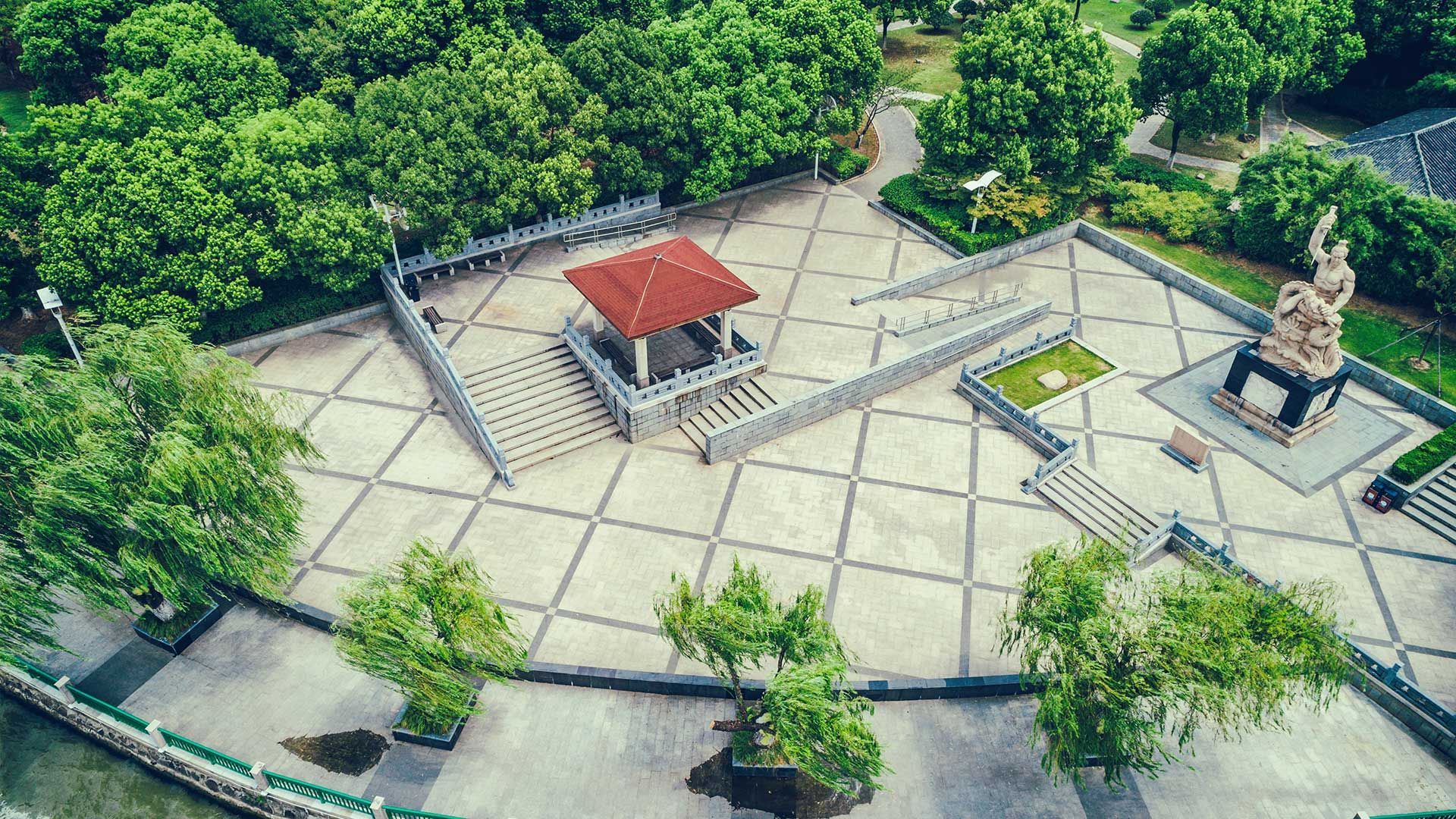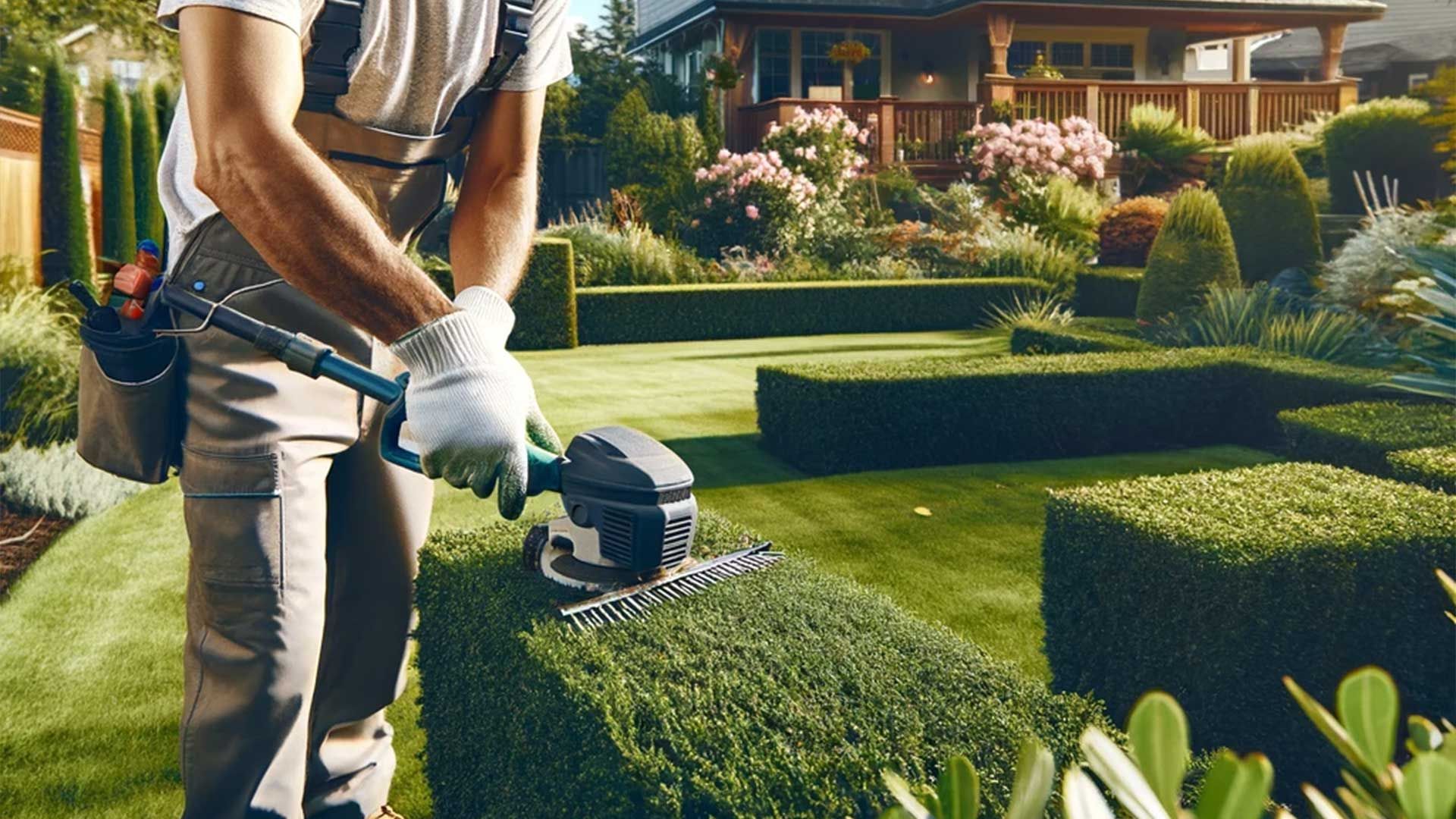Landscaping Services: Cultivating Dreams and Crafting Realities
Understanding Landscaping Services
How Landscaping Services Cultivate Dreams
- Expert Consultation: Every dream garden starts with a vision. Landscaping services begin by understanding your desires, preferences, and goals. Whether you dream of a Zen garden, a vibrant playground for your kids, or a serene retreat for meditation, professional landscapers translate these dreams into feasible plans.
- Bespoke Design: Once your vision is clear, landscaping services create customized designs tailored to your space. These designs take into account the local climate, soil conditions, and the architecture of your home to ensure a seamless blend of nature and structure.
- Sourcing the Best Materials: Quality is paramount when crafting reality from dreams. Landscaping services ensure that the plants, stones, and other materials used are of the highest quality, perfectly suited to your garden's needs.
Crafting Reality: The Transformation Journey
- Ground Preparation: Before any plant is bedded or any stone is laid, landscaping services ensure the ground is adequately prepared. This might involve soil testing, pH balancing, and even soil replacement.
- Implementing the Design: With a solid plan in place and the ground prepared, the transformation begins. Skilled workers plant, build, sculpt, and shape, turning the design blueprint into a tangible garden.
- Maintenance and Care: The crafting of reality doesn’t end once the last shrub is planted. Regular maintenance, provided by many landscaping services, ensures that your garden remains as stunning as it was on day one.
- Evolving with Time: Nature is dynamic, and so are your needs. Over time, the initial dream might evolve. Landscaping services work with you, adapting and modifying the outdoor space to reflect your changing desires and life stages.
Why Landscaping Services are Essential
The Added Value of Professional Landscaping Services
Beyond the evident aesthetic appeal, professional landscaping services bring an array of additional benefits to homeowners:
1. Environmental Impact: Expert landscapers often use eco-friendly practices, integrating native plants that require less water and fewer pesticides. They can also design gardens that foster biodiversity, attracting beneficial insects and birds that maintain a balanced ecosystem.
2. Increasing Property Value: A well-maintained garden can significantly increase the market value of your home. It’s not just about beauty; a landscaped garden suggests the property is well cared for in all aspects. Buyers often perceive homes with professional landscaping as premium properties, which can translate to a higher selling price.
3. Health and Well-being: Gardens aren’t merely pleasing to the eye; they’re nourishing for the soul. Research has shown that green spaces reduce stress, promote relaxation, and even improve concentration. The mere act of walking through a garden can be therapeutic, and landscaping services ensure that this therapeutic space is always at its best.
4. Functional Spaces: A garden is more than its plants. Through landscaping services, it can be transformed into functional spaces – think patios for family BBQs, fire pits for chilly nights, or even vegetable patches to foster sustainable living. These spaces become extensions of the home, providing additional areas for relaxation, entertainment, and activity.
Choosing the Right Landscaping Services
Finding the right landscaping service for your needs is crucial. Here are a few tips:
- Research and Recommendations: Start with online reviews and ask friends or neighbors for recommendations. Often, the best services are found through word-of-mouth referrals.
- Check Qualifications: Ensure the landscaping service you're considering has the necessary licenses and insurance. This not only vouches for their professionalism but also protects you in case of any unforeseen circumstances.
- Ask for a Portfolio: A reputable landscaping service will have a portfolio of their past projects. This gives you a chance to gauge their style, expertise, and the quality of their work.
- Communication: Open dialogue is key. The right landscaping service will be willing to listen to your ideas, provide suggestions, and ensure that the final product aligns with your vision.
Conclusion
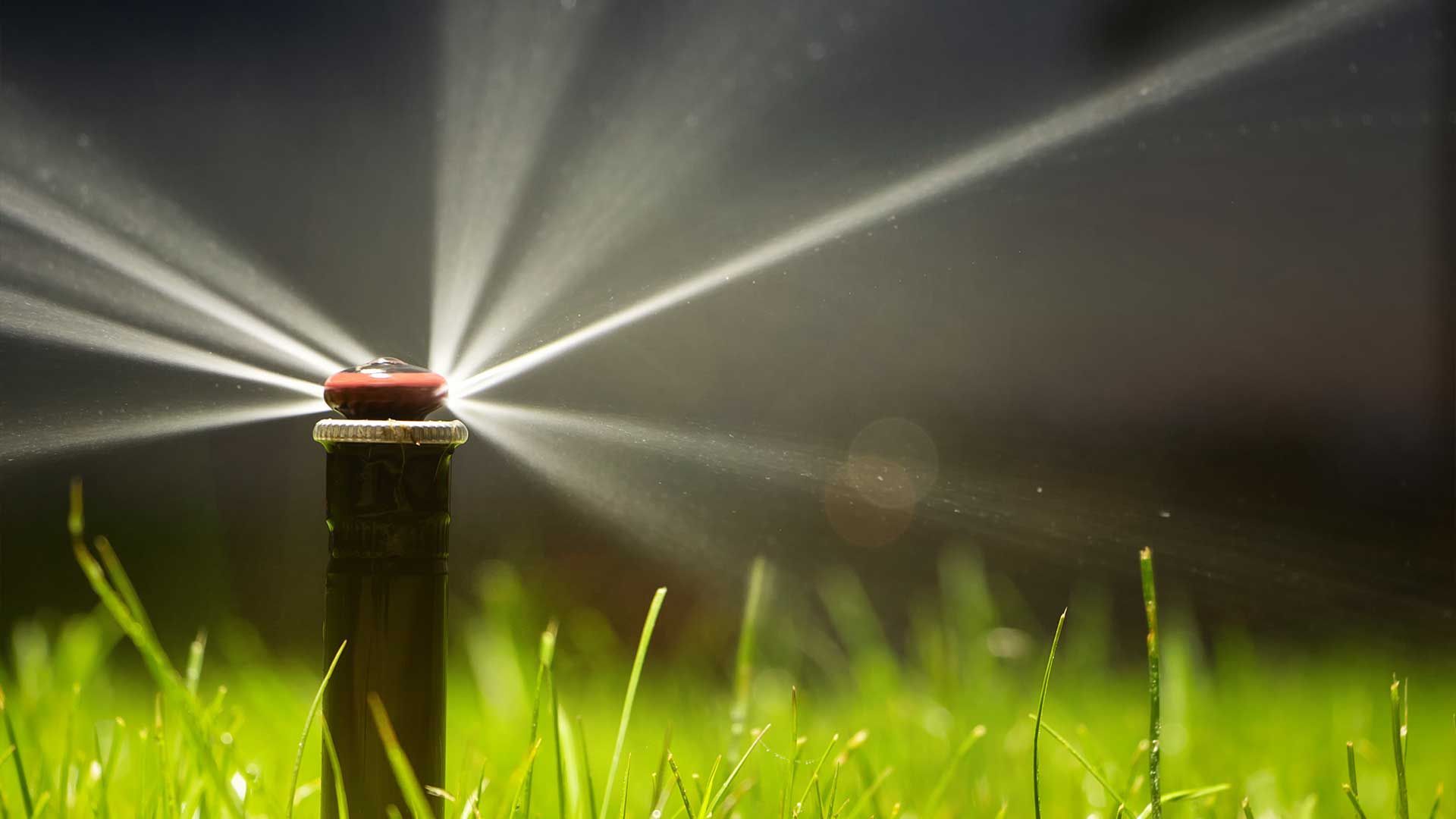

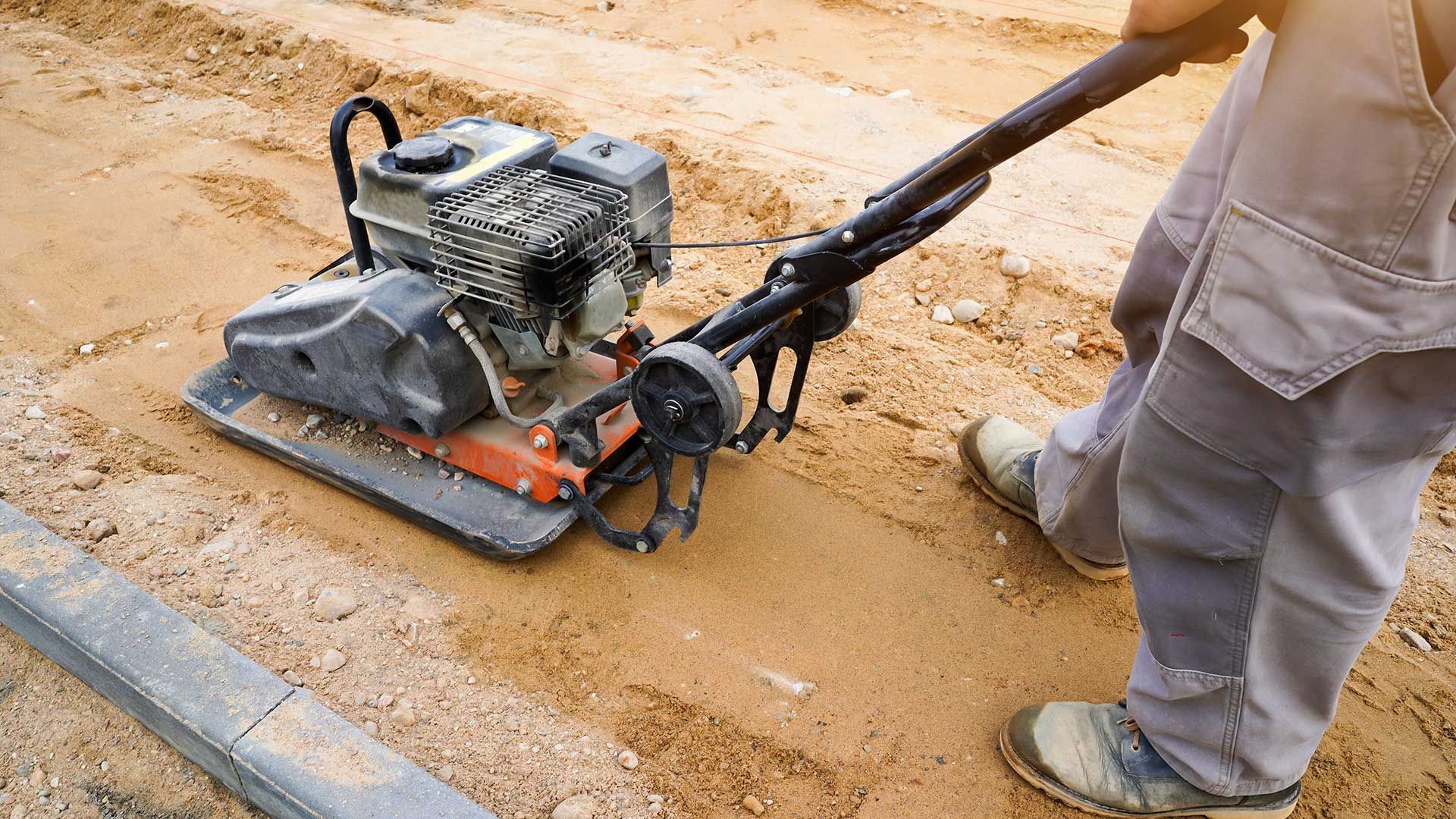
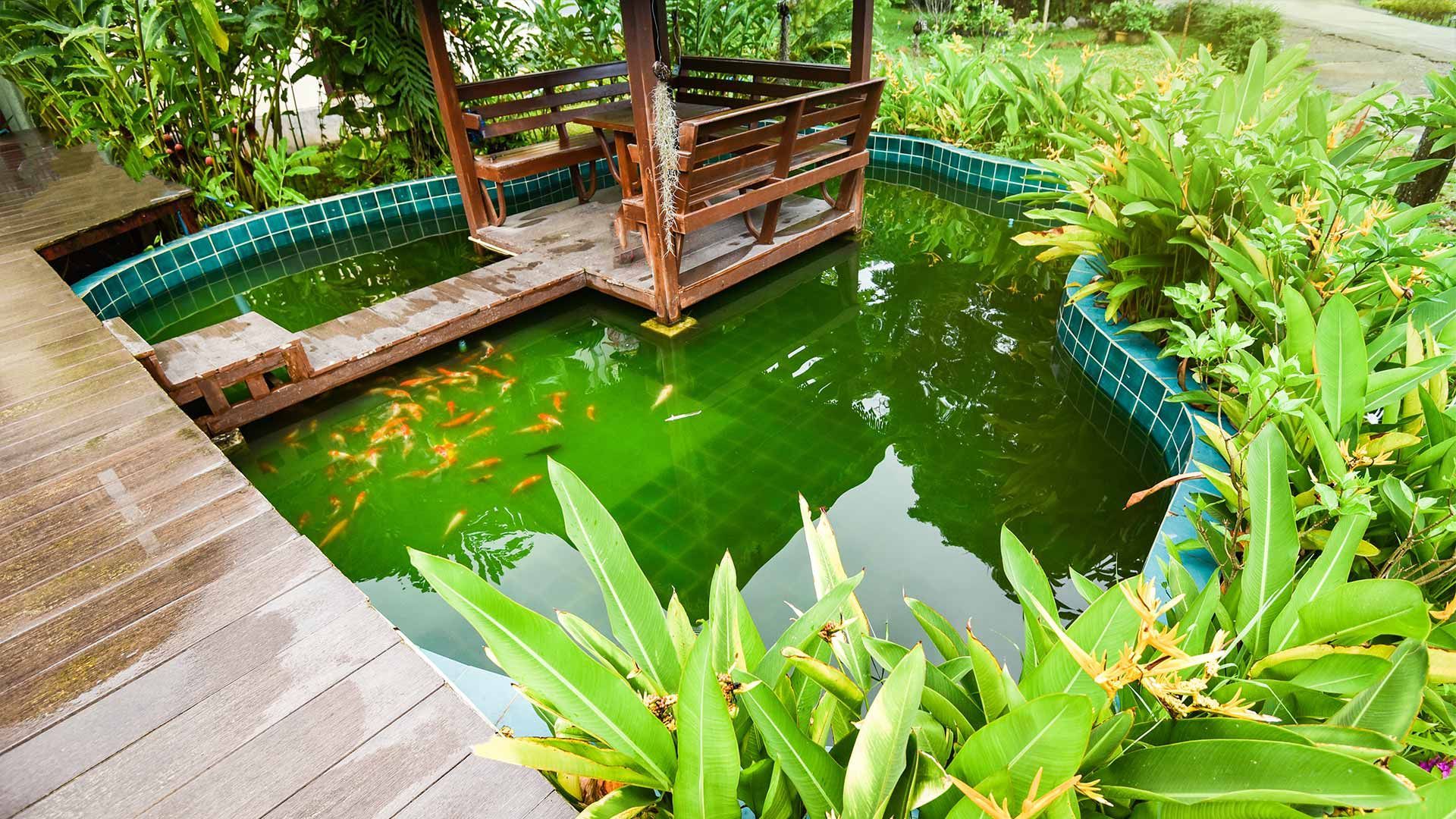
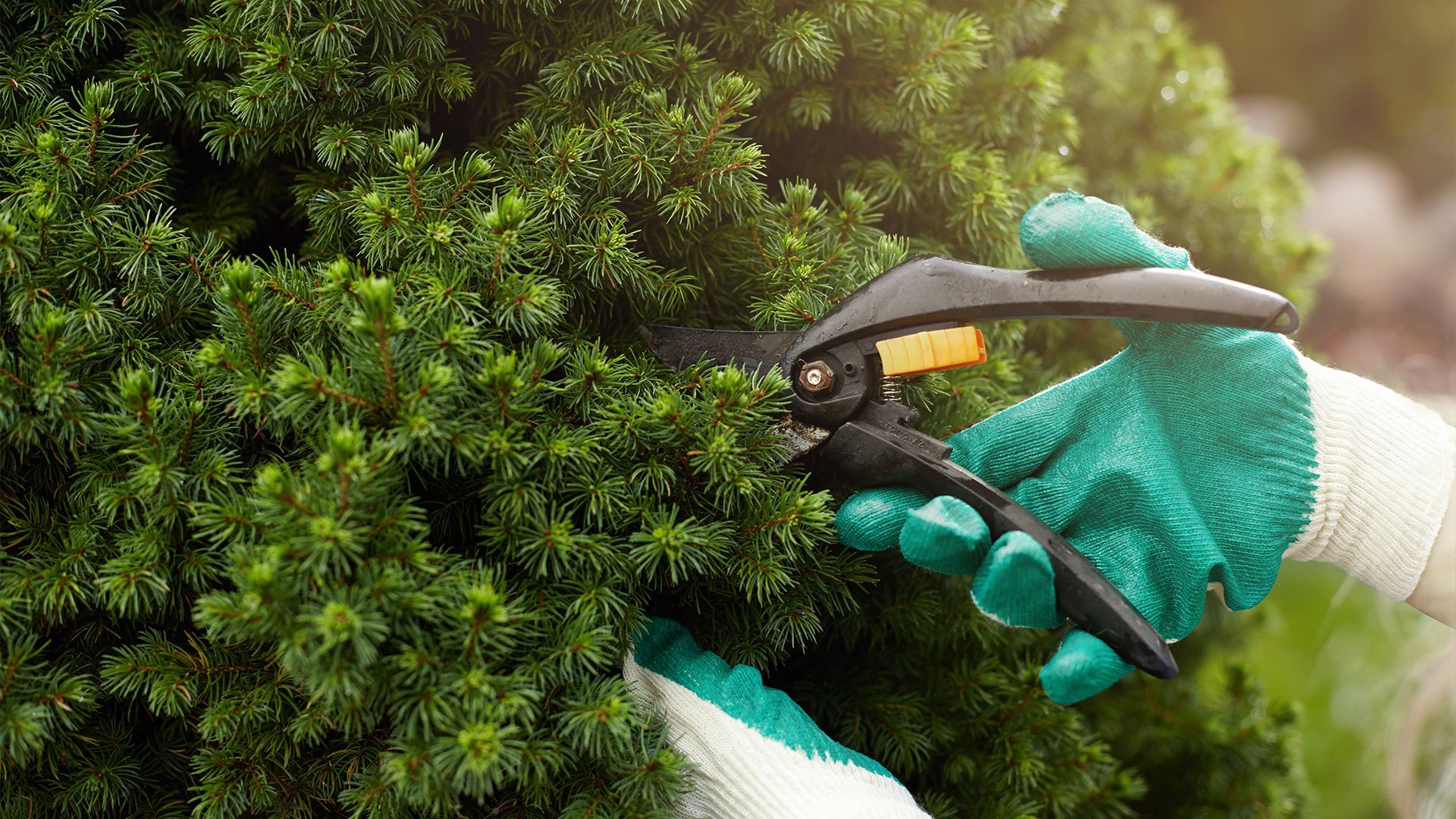
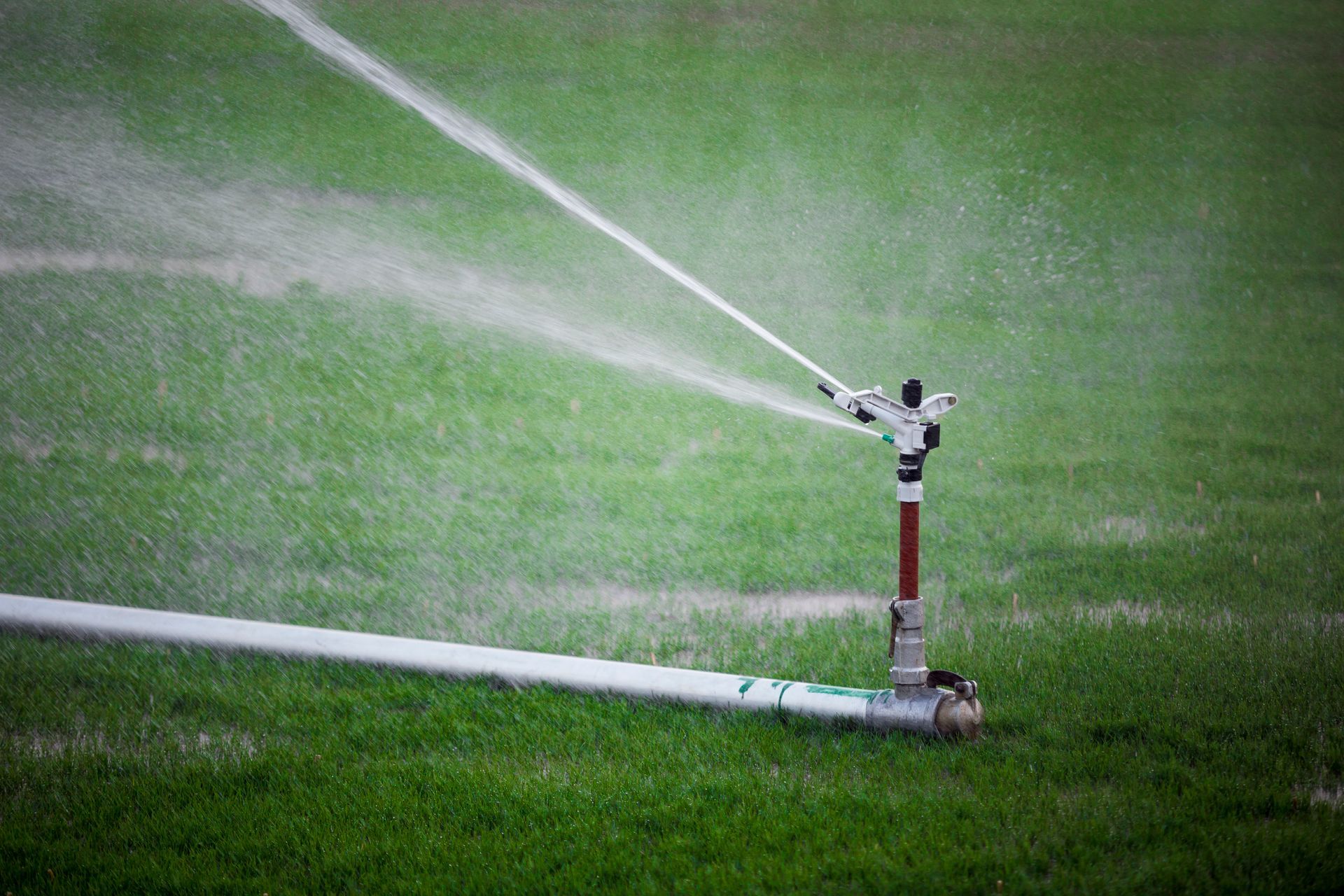

Service Areas
Chapel Hill, Carrboro, Cary, Apex, Raleigh, Wake Forest, Holly Springs, Garner, Graham, Fuquay-Varina, Burlington, Clayton, Henderson, Sanford, Smithfield, NC
4604 Sycamore Shoals Road
Durham NC 27705
- Mon - Fri
- -
- Sat - Sun
- Closed
All Rights Reserved | Plants Unlimited
